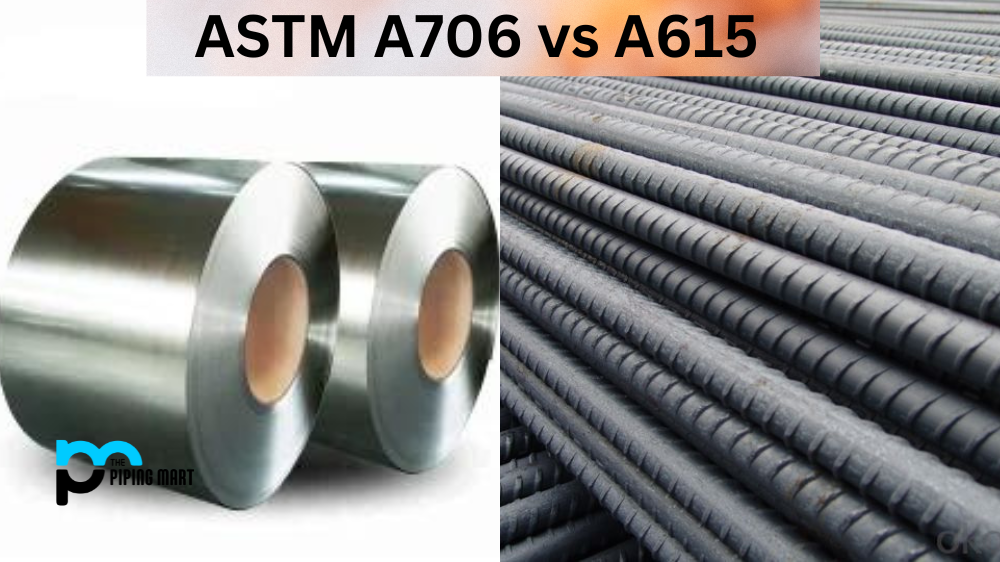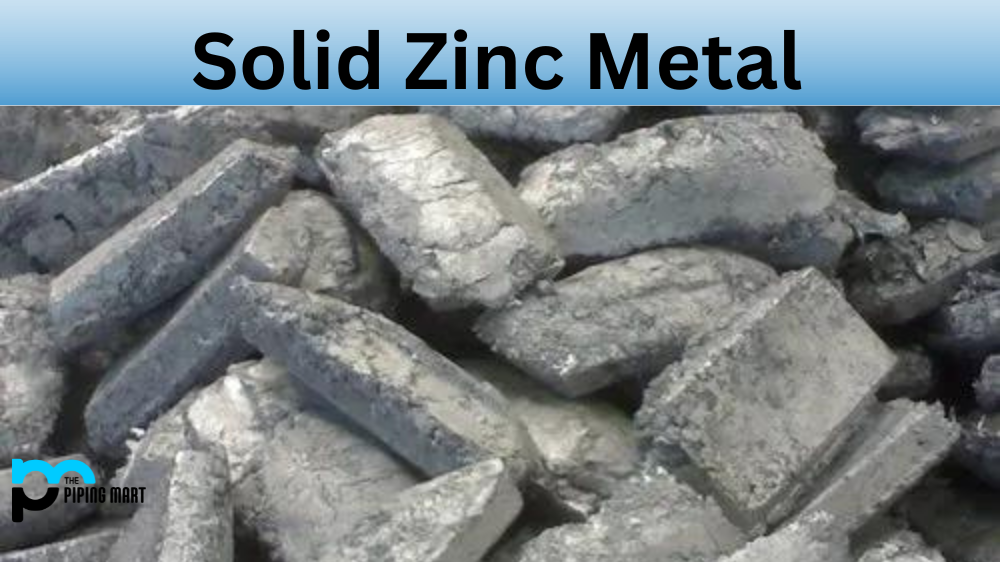Regarding construction and infrastructure projects, rebar is a crucial component that supports and strengthens various structures. However, with so many different types of rebar available, it’s important to understand their differences to ensure that the right material is used for each project. Two of the most commonly used rebars are ASTM A706 and A615. This blog post explains the differences between these two materials, their characteristics, and where they’re best used.
Difference Between ASTM A706 and A615
Chemical Composition
The main difference between ASTM A706 and A615 rebar is their chemical composition. A706 rebar uses a low-carbon alloy, with a maximum carbon content of 0.30%, while A615 rebar uses a medium-carbon content of 0.40%. The steel used to make the A706 rebar contains more manganese and less carbon than the A615 rebar. This difference gives A706 rebar a higher ductility, which means it can withstand higher stresses and deformations without breaking.
Yield Strength
The yield strength of a material is defined as the amount of stress it can withstand before it starts to deform permanently. When comparing the yield strength of the A706 and A615 rebar, it is important to note that A706 has a lower yield strength than A615. The nominal yield strength of A706 is 60 ksi (kilopound per square inch), while A615 has a nominal yield strength of 75 ksi. This means that A615 is harder than A706 and tends to resist deformation more than A706.
Weldability
Their weldability is another crucial factor before choosing between ASTM A706 and A615 rebar. A706 rebar has superior weldability compared to A615 rebar. This means A706 can be easily welded to other steel elements using arc welding or wire welding techniques, while A615 is difficult to weld without cracking.
Application
Choosing the right rebar for a particular application is a crucial step in ensuring the success of any construction project. ASTM A706 rebar is recommended for seismic reinforcement applications, while A615 is better suited for large or complex structures, such as bridges, tunnels, and high-rise buildings. A706 rebar is commonly used in small buildings, wall construction, and general reinforcing applications.
Cost
Finally, the cost is a crucial factor to be considered when choosing between A706 and A615 rebar. ASTM A706 rebar is generally more expensive than A615 because of its superior qualities, including ductility and weldability. However, A706’s cost can be justified if the project requires seismic reinforcement, where using an inferior material can have disastrous consequences.
Conclusion
Several factors must be considered when choosing the correct rebar for a construction project. The main difference between ASTM A706 and A615 rebar is their chemical composition, yield strength, weldability, application, and cost. ASTM A706 is superior in weldability and ductility and is recommended for seismic reinforcement applications, while A615 is better suited for large and complex structures. It is essential to understand the differences between these two materials, choose the right rebar to support the project’s needs, and ensure it is correctly installed per local, state, and federal laws and guidelines.

Abhishek is a seasoned blogger and industry expert, sharing his insights and knowledge on various topics. With his research, Abhishek offers valuable insights and tips for professionals and enthusiasts. Follow him for expert advice on the latest trends and developments in the metal industry.




